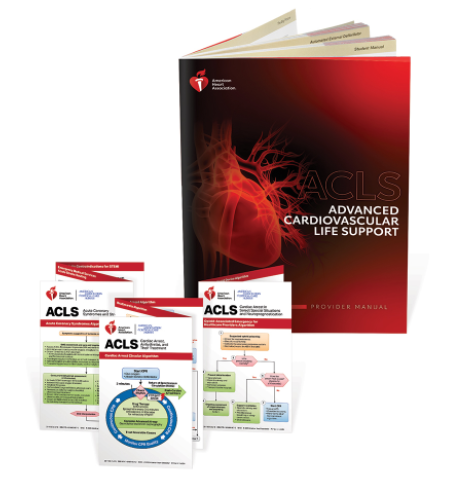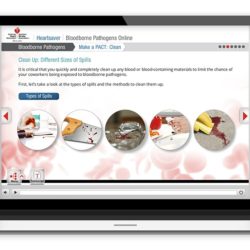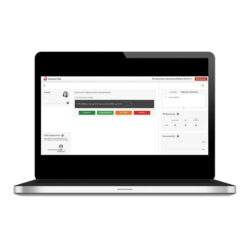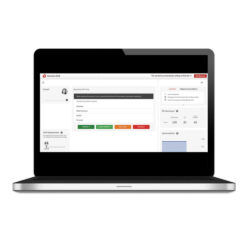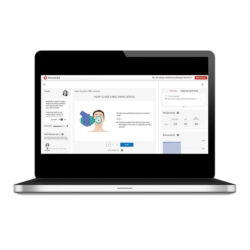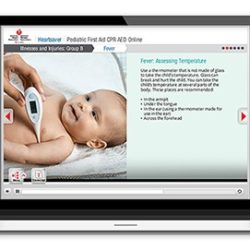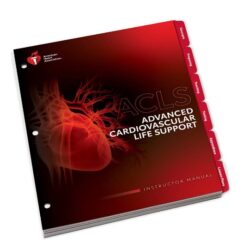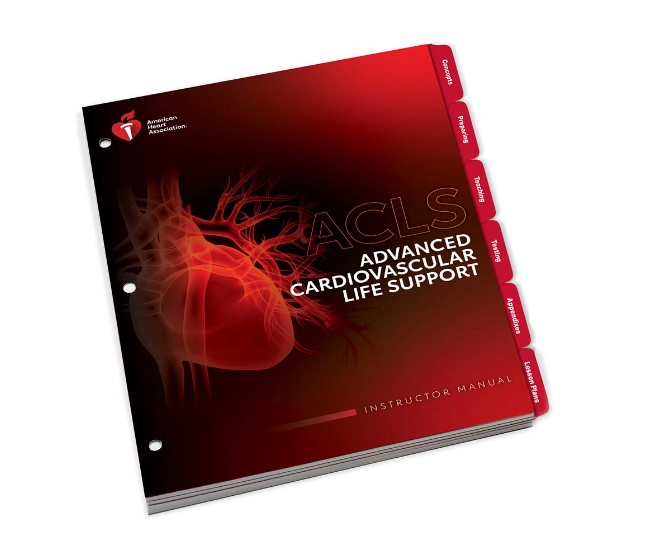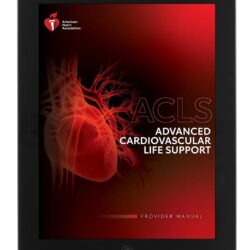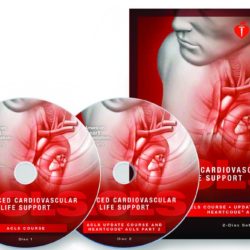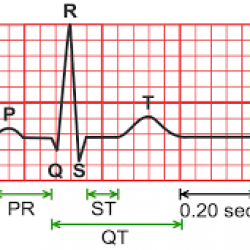ACLS Provider Manual
- Updated to reflect new science in the 2015 American Heart Association Guidelines for CPR & ECC
- Product replaces the #90-1014
- This course builds on the foundation of lifesaving basic life support (BLS) skills, emphasizing the importance of continuous, high-quality CPR. This advanced course highlights the importance of high-performance team dynamics and communication, systems of care, recognition and intervention of cardiopulmonary arrest, immediate post-cardiac arrest, acute dysrhythmia, stroke, and acute coronary syndromes.
- Designed for healthcare professionals who either direct or participate in the management of cardiopulmonary arrest or other cardiovascular emergencies. This includes personnel in emergency response, emergency medicine, intensive care, and critical care units such as physicians, nurses, and paramedics, as well as others who need an ACLS course completion card for job or other requirements.
- The ACLS Provider Manual contains all of the information students need to know to successfully complete the Instructor-led, classroom ACLS Course. It is designed for use by a single student, and as a reference tool before, during and after the course. The manual provides students access to a website containing mandatory and supplemental information and reference materials, including the ACLS Precourse Self-Assessment (must pass with score of 70% or higher), to help them successfully complete the course. Skills are taught in large-group sessions and small-group learning and testing stations where case based scenarios are presented
- Includes ACLS Pocket Reference Card set (#15-1007), one sheet of tab labels, and one ACLS Precourse Preparation Checklist Card
Course content includes:
- Apply the BLS, Primary, and Secondary Assessments sequence for a systematic evaluation of adult patients
- Perform prompt, high-quality BLS, including prioritizing early chest compressions and integrating early automated external defibrillator (AED) use
- Recognize and perform early management of respiratory arrest
- Discuss early recognition and management of ACS and stroke, including appropriate disposition
- Recognize and perform early management of bradyarrhythmias and tachyarrhythmias that may result in cardiac arrest or complicate resuscitation outcome
- Recognize and perform early management of cardiac arrest until termination of resuscitation or transfer of care, including immediate post–cardiac arrest care
- Model effective communication as a member or leader of a high-performance team
- Evaluate resuscitative efforts during a cardiac arrest through continuous assessment of CPR quality, monitoring the patient’s physiologic response, and delivering real-time feedback to the team
- Recognize the impact of team dynamics on overall team performance
- Discuss how the use of a rapid response team or medical emergency team may improve patient outcomes
- Define systems of care
Successful completion: For successful course completion, students must demonstrate skills competency in all learning stations, pass the high-quality BLS skills test, bag-mask ventilation with OPA/NPA insertion skills test, and the Megacode test. They also must pass the ACLS exam with a score of 84% or higher. Upon successful completion, students receive an ACLS course completion card.
- Pages: 208
- ISBN: 978-1-61669-400-5
- Dimensions: 8.375” x 10.875”
- 3-hole drilled, unbound
| Weight | 3.0 lbs |
|---|---|
| Dimensions | 8.375 × 10.875 × 0.5 in |

